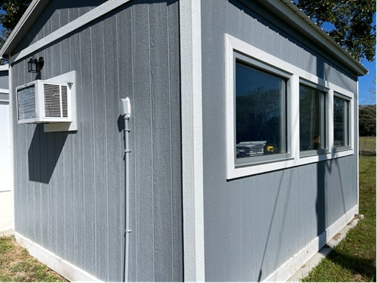The University of Florida Autonomy Park is an instrument for the investigation, characterization, validation, and verification of heterogeneous networks of multi-agent autonomous systems operating in contested environments. A distinguishing feature of this instrument is the inclusion of unique software-defined radios (SDRs) that facilitate spectrum access strategies for autonomous mobile radio network collaboration in an outdoor environment with a contested RF spectrum. The facility includes a 240ft x 60ft x 90ft fully netted outdoor robotic facility with an indoor ground station and computational buildings to examine the response of networked robotic systems in outdoor environments with real-world sensing and communication capabilities.
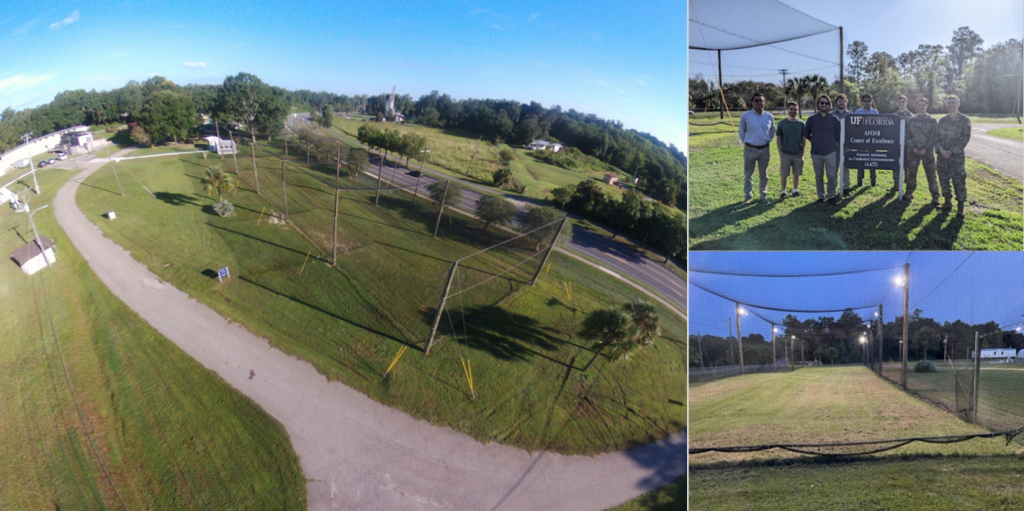
Autonomous systems included in the facility include: Jackal ground robots from Clearpath Robotics, Husky ground robots from Clearpath Robotics, Astro quadrotor drones from Freefly Systems, Alta-X class heavy-lift quadrotor drone from Freefly Systems, Go 1 Edu-PLUS quadrupeds from Unitree Robotics, a B1 quadruped from Unitree Robotics, and a fleet of 25 custom quadcopters outfitted with the PX4 Cube Blue flight controller and NVIDIA Jetson Orin compute unit.
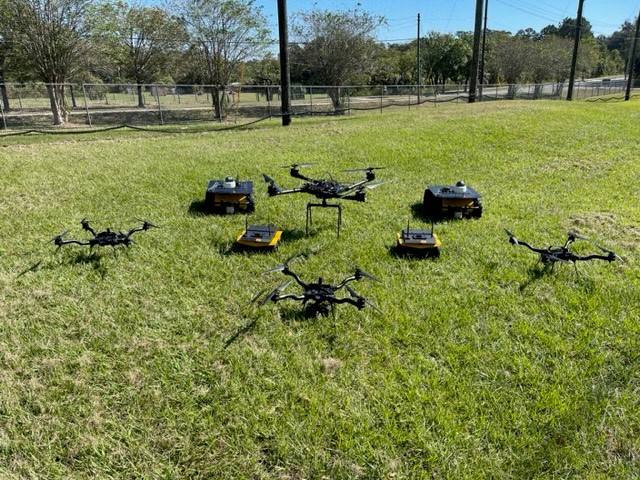
Common sensing capabilities across the suite of Autonomy Park hardware includes an Emlid Reach RS3 RTS base station, Zed 2i stereo cameras, Velodyne Puck LIDAR units, and Microhard PMDDL2450 2.5GHz radios. Heterogeneous sensing hardware across platforms enables rapid extension of Robot Operating System (ROS) packages from a single agent to an entire fleet. The Microhard radios enable fully decentralized mesh communication among ground and aerial robotic platforms, and allow for the definition of custom communication topologies among agents. Additionally, the Autonomy Park is outfitted with a Starlink low-earth orbit satellite data link to simulate connectivity constraints in a contested environment. The Starlink connection is utilized to test remote operations of robotic platforms over low-bandwith communication links, and can been used to show robustness to loss of feedback using custom control algorithms deployed at the Autonomy Park.
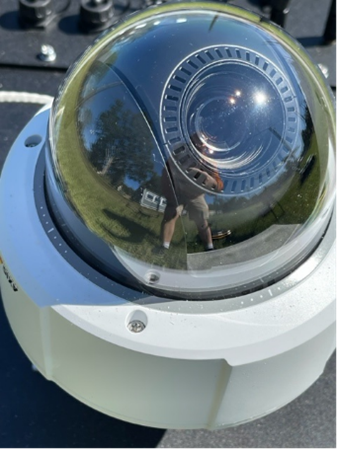
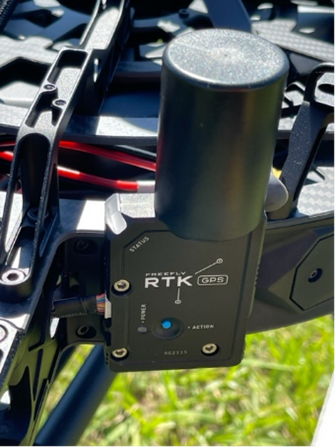
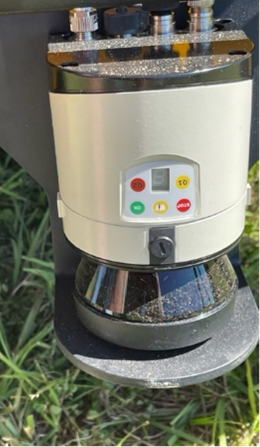
The ground station facility includes enterprise-grade computer hardware using for high-computational demand artificial intelligence methods, as well as managing the network of (sensor, command, and control) data for the network of autonomous systems. The “Observer” computer system, tasked with observing experiments, collecting data, and displaying the data onto a large six-monitor display wall is outfitted with an Intel i9-12900KS CPU, 32GB of RAM, and 5TB of storage. The “Threadripper” computer system, designed for high-powered AI computation, is composed of an AMD Ryzen Threadripper Pro 3975WX CPU, 2x Nvidia RTX 3080 Ti GPUs, 512GB of ECC RAM, and 10TB of storage. Lastly, to store the experimental data and necessary code for experiments, the Autonomy Park is equipped with a 192TB Network Attached Storage (NAS) with 2x Intel Xeon E5-2697 CPUs and 128GB of ECC RAM.
